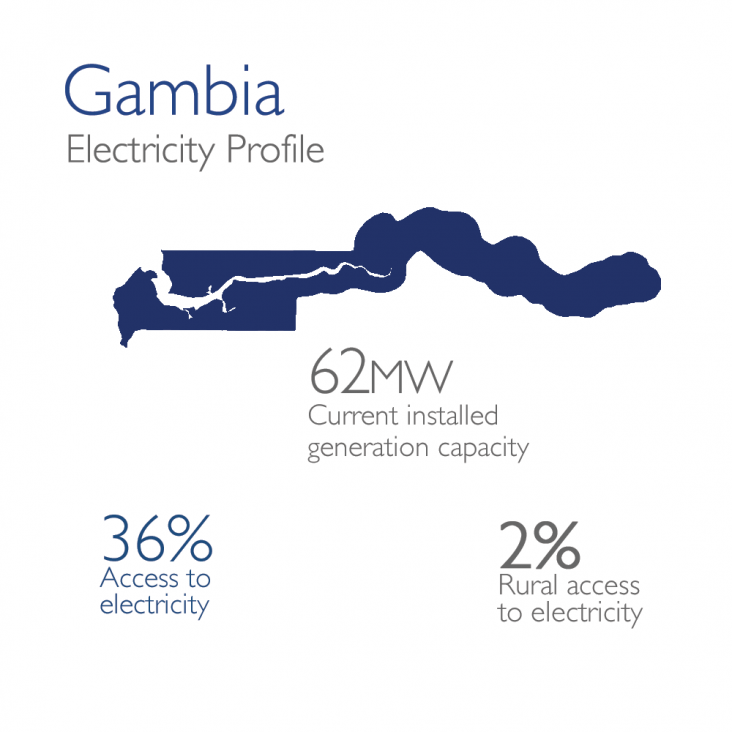- Where We Work
- Interactive Map
- Afghanistan and Pakistan
- Africa
- African Union
- Power Africa
- About Us
- How We Work
- Partners
- News & Information
- Power Africa Toolbox
- Where We Work
- Angola
- Benin
- Botswana
- Burkina Faso
- Burundi
- Cameroon
- Chad
- Côte d`Ivoire
- Democratic Republic of the Congo
- Djibouti
- Eritrea
- Ethiopia
- Gabon
- Gambia
- Ghana
- Guinea
- Guinea Bissau
- Kenya
- Lesotho
- Liberia
- Madagascar
- Malawi
- Mali
- Mauritania
- Mozambique
- Namibia
- Niger
- Nigeria
- Republic of Congo
- Rwanda
- Senegal
- Sierra Leone
- South Africa
- South Sudan
- Swaziland
- Tanzania
- Togo
- Uganda
- Zambia
- Trade and Investment Engagement
- Angola
- Benin
- Botswana
- Burkina Faso
- Burundi
- Cameroon
- Central Africa Regional
- Central African Republic
- Chad
- Côte d'Ivoire
- Democratic Republic of the Congo
- Djibouti
- East Africa Regional
- Ethiopia
- Ghana
- Guinea
- Kenya
- Lesotho
- Liberia
- Madagascar
- Malawi
- Mali
- Mauritania
- Mozambique
- Namibia
- Niger
- Nigeria
- Republic of the Congo
- Rwanda
- Sahel Regional
- Senegal
- Sierra Leone
- Somalia
- South Africa
- South Sudan
- Southern Africa Regional
- Sudan
- Swaziland
- Tanzania
- Uganda
- West Africa Regional
- Zambia
- Zimbabwe
- Asia
- Europe and Eurasia
- Latin America and the Caribbean
- Middle East
- Mission Directory
Gambia
POWER AFRICA FACT SHEET

The Gambia is entirely dependent on fossil fuel for electricity generation. The power network is principally owned and operated by the National Water and Electricity Company (NAWEC). The main power station at Kotu runs on heavy fuel oil (HFO) and in rural areas, NAWEC operates six small scale power systems served by stand-alone electricity subsystems in provincial centres. Given the volatility in petroleum prices, the government has recognized that developing new local and renewable resources is critical to meeting its economic objectives; and has therefore indicated its desire to promote renewable energy development by creating the necessary policy environment and legal framework. Based on 2013 data, Gambia’s national electrification rate reached 36%, (2% in rural areas, 60% in urban areas).
Sources:
- IEA, World Energy Outlook 2015
- www.irena.org







Comment
Make a general inquiry or suggest an improvement.